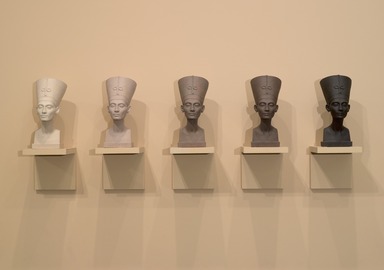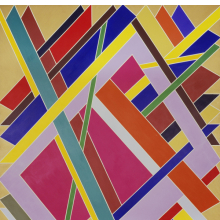Throughout this semester I have visited the Metropolitan Museum. I honestly really liked going to the Metropolitan Museum compare to the Brooklyn Museum. As I walked in the entrance, I saw lots of people walking around the area. People were talking among themselves very loudly. The museum was huge and wide that I feel like people would easily get lost. I can imagine how many people going in and out of the museum every day. During that day, the weather was extreme cold, and I saw lots of people waiting outside patiently for the door to open. I saw students from school coming to visit the museum.
I also have wondered what exactly are the Buddha made out of. Do people actually believe this religious Buddha? Why is Buddha very famous in the spread throughout other countries? What are there unique design compare to others?
However, as I observe around I saw many greats things. Such as, different culture paintings, nice sculptures, pottery, photograph, drawings, costumes, and so much more. What I liked about the museum was the Asian art which was consist of the Chinese, Japanese, and the Korean sculpture. I just like how the design was look and very outstanding. I find that these three countries has its unique and similarities difference between them.
Each of the sculpture has its own way to model and how it is presented to the audience. For example, as a Chinese culture, my family believe these Buddhisms. We would go to the Chinese temple and pray, we show our belief and respect to them The belief that there is an afterlife and not everything ends with death, that Buddha teaches people how to follow a successful path, how to be a good human being and do good things.
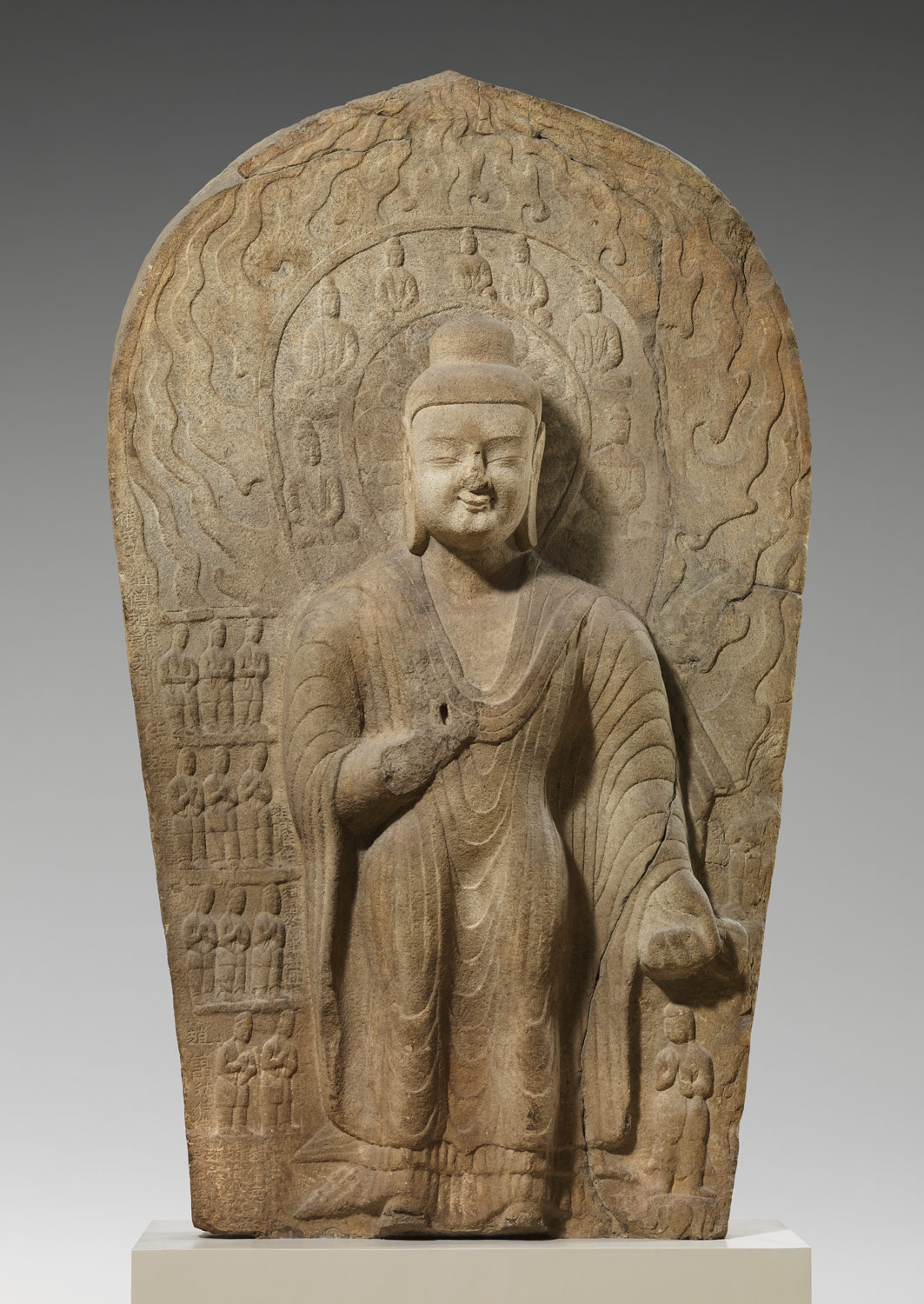
CHINA
This sculpture name the Buddha Dipankara (Diguang) it was during the period of the Northern Wei Dynasty around 386 to 534 years. Made with Sandstone with traces of pigment. This imagery represent the promise or possibly of enlightenment in a future life.
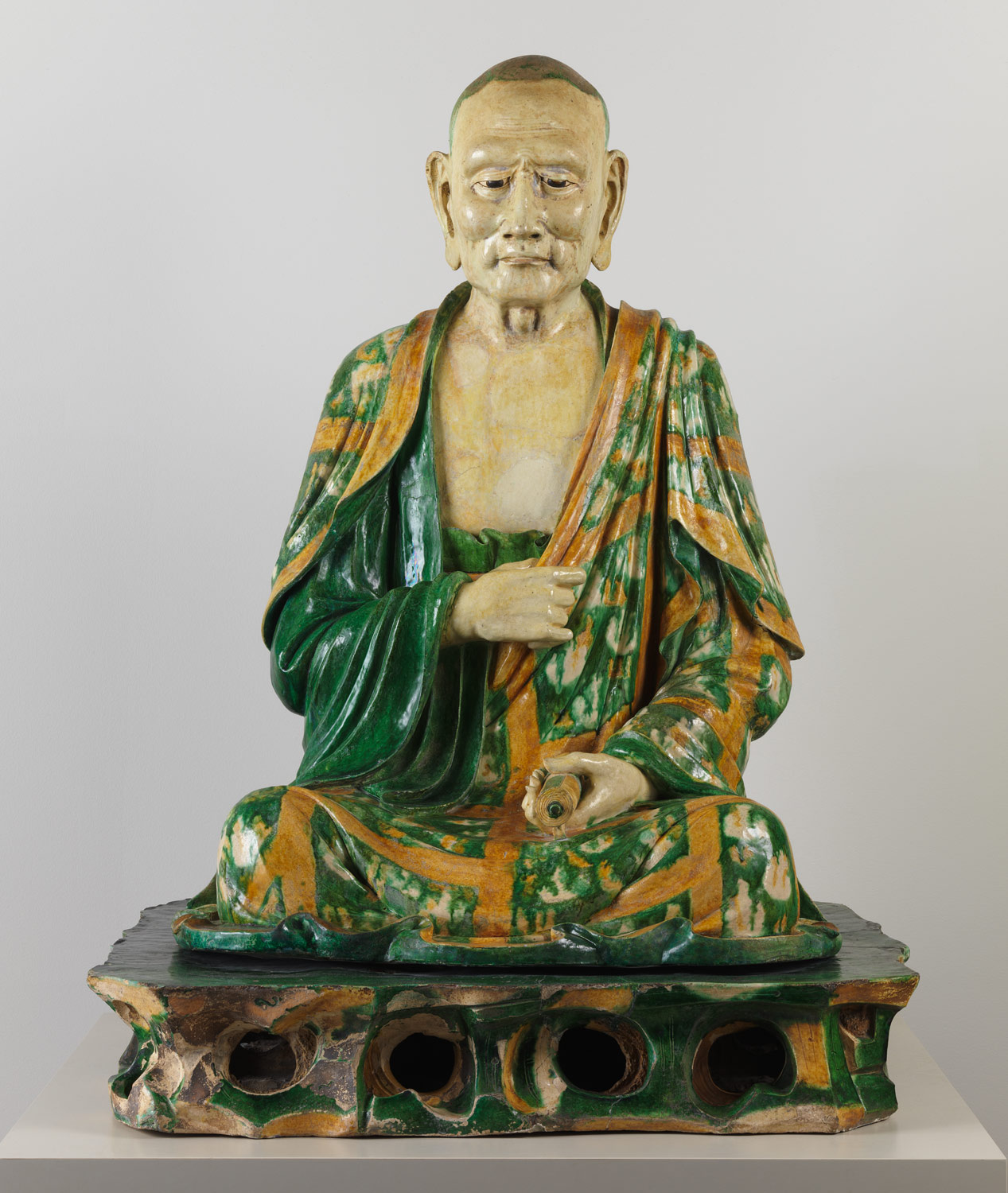
CHINA
This image is called the Arhat (Luohan) during the period of Liao dynasty from 907 to 1125. It was made out of the stoneware with three-color glaze. It describe the achieved spiritual development and how the Buddhism is being protected.
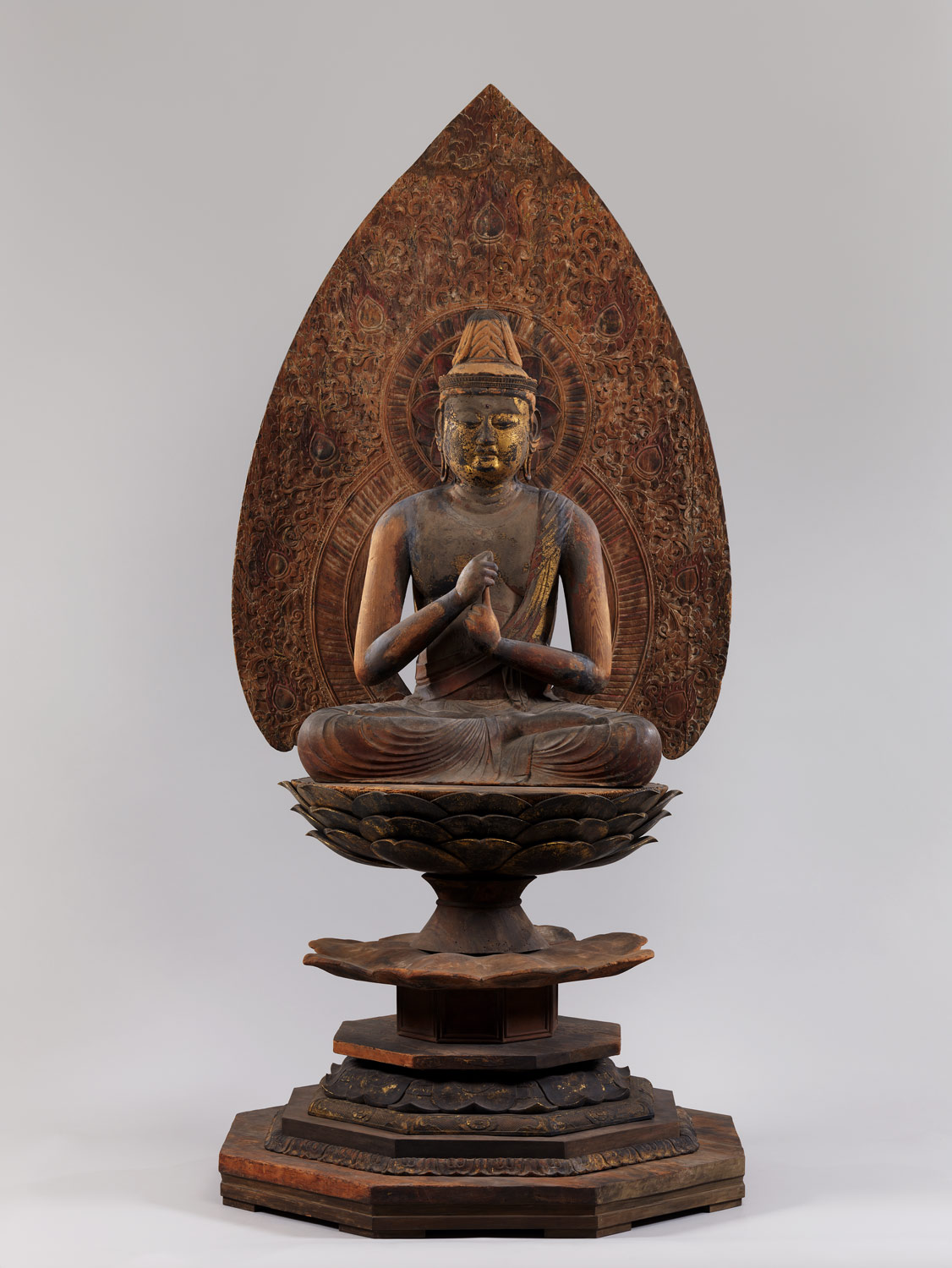
JAPAN
This model is name the Dainichi Nyorai during thr Heian period around 794 to 1185 years. This was made out of wood with gold leaf and lacquer decoration.
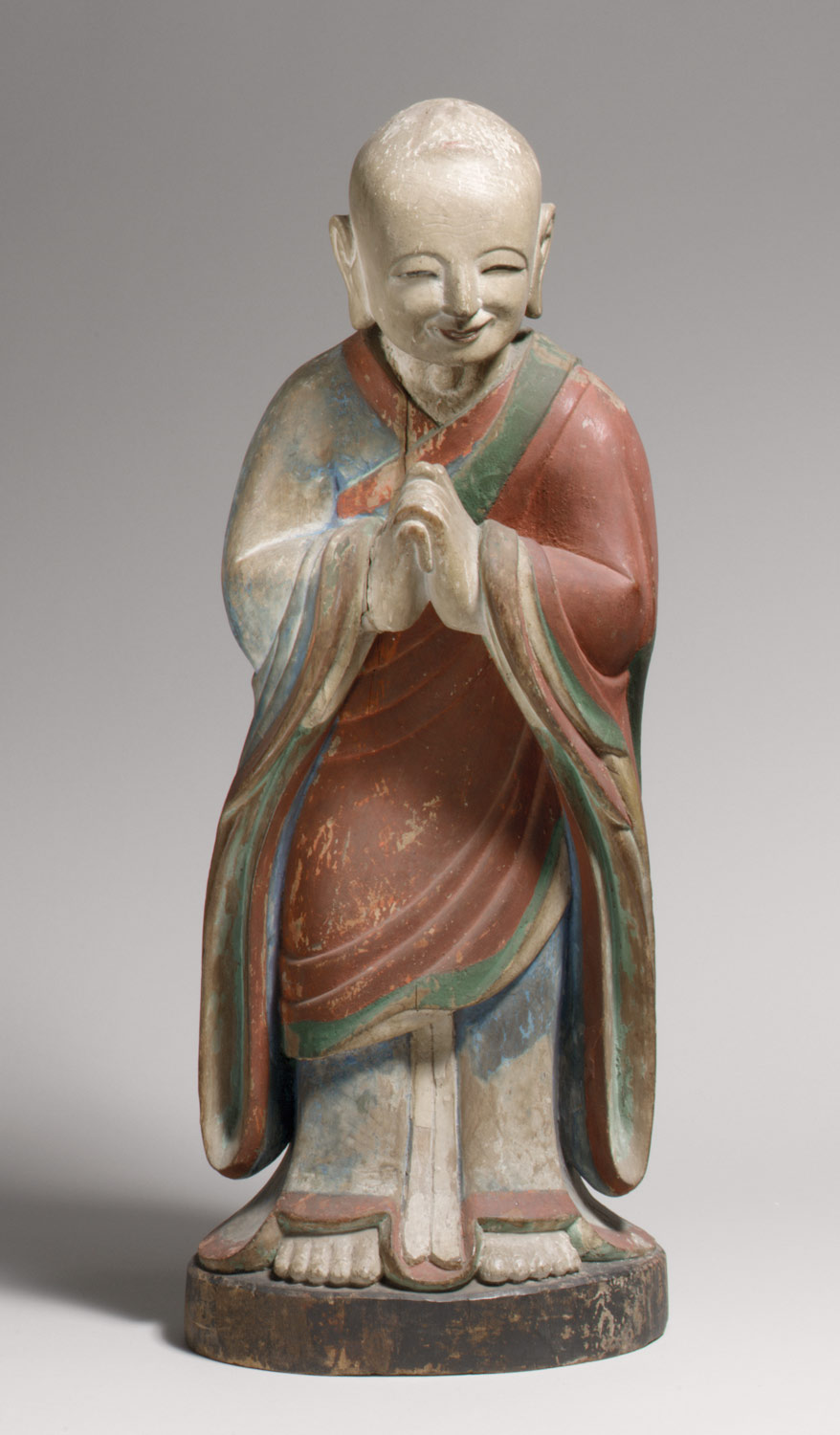
KOREA
This image is called the Kashyapa during the Joseon dynasty during the 1392-1910. Made out of wood with polychrome paint. His smiling face and relaxed posture convey benevolence and wisdom.
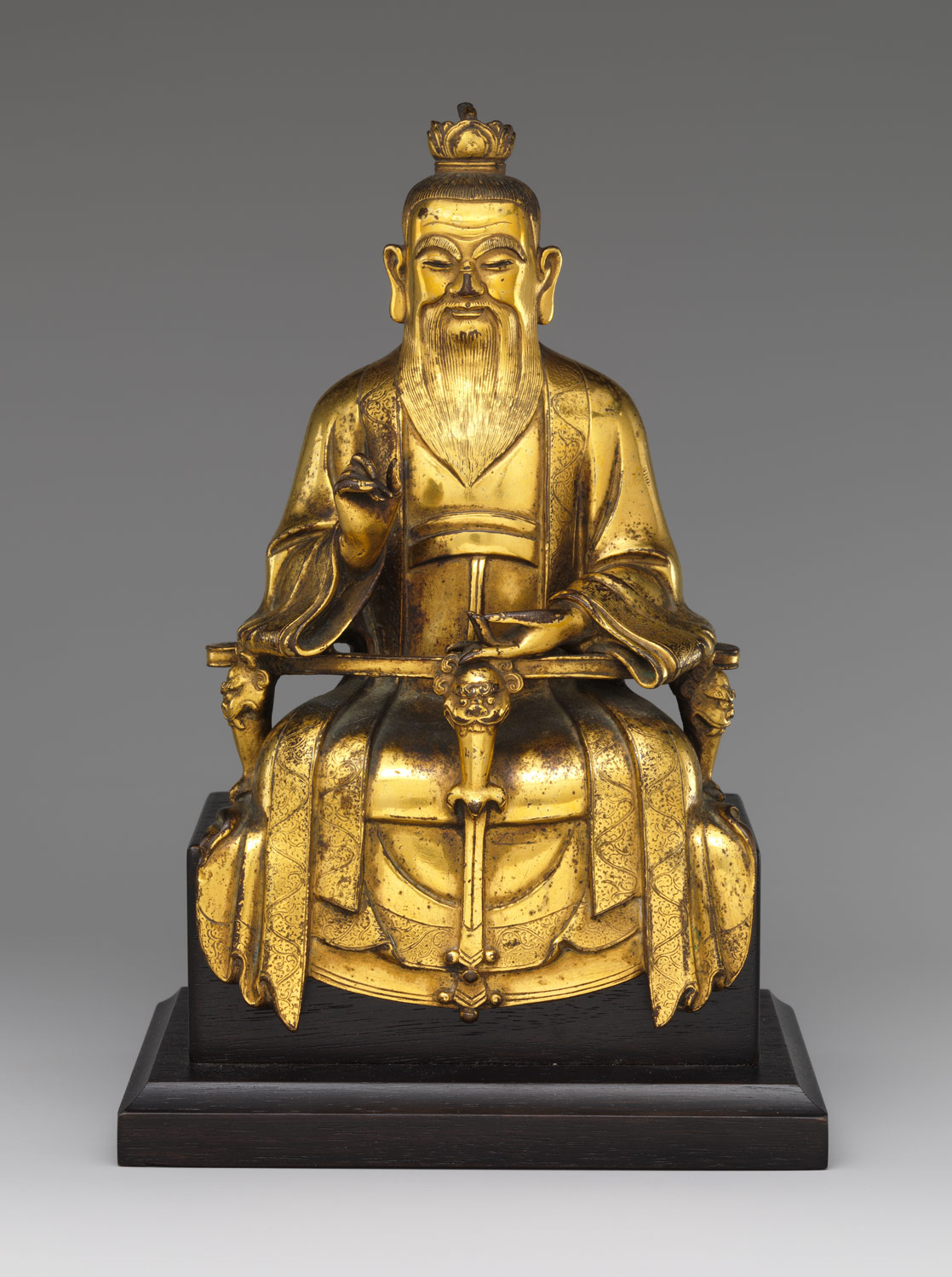
CHINA
This sculpture is named the Dadaist immortal Laozi during the Ming Dynasty around the 1363-1644 years. Made out of the gilt brass and lost wax. Spread throughout Daoism which was a major religion in China. It was define of beliefs and practices that helps guide for everyday life.
Lastly, I can say that China and Korea has a similarities kinds of sculpture between them. For example, the colors that makes it stands out, structure, forms, and lines. This relate to the lecture from the beginning of the semester. Talking about what is ART and what actually does ART show us. How do they interact with our society.



